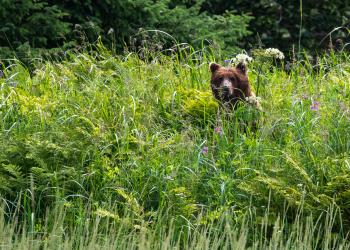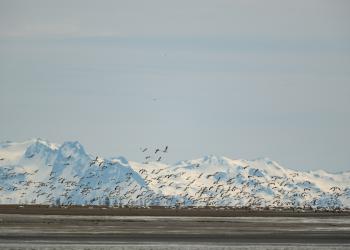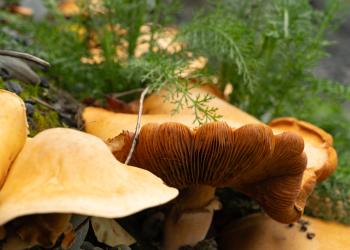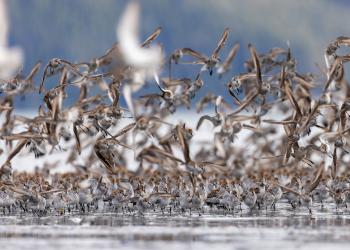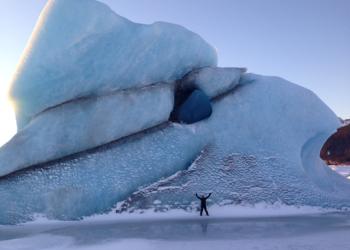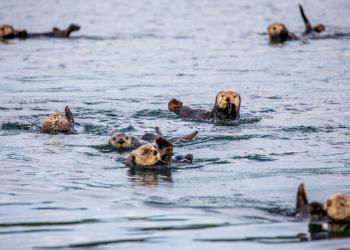Welcome to Chugach National Forest
The Chugach is a Forest of unsurpassed beauty with some of the most essential wildlife habitats in the world - from the largest contiguous wetlands in the nation to the 2.1 million acres of wilderness study area.
Choose your adventure and visit the temperate rainforests, wetlands, mountains, coastline and ice fields! The Chugach National Forest is the perfect place to connect with nature and witness for yourself the results of committed stewardship.





